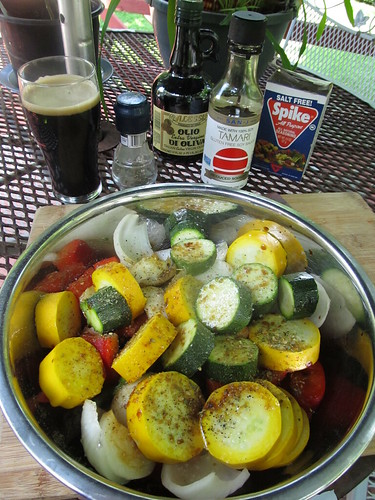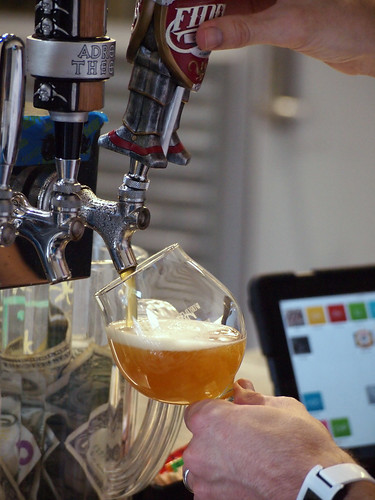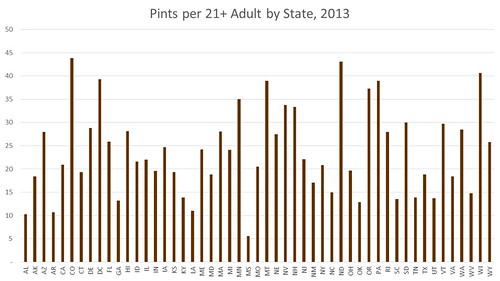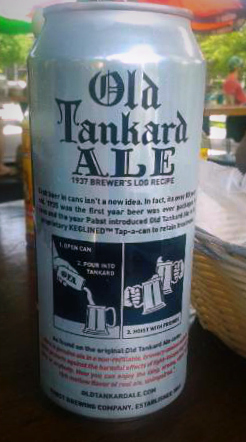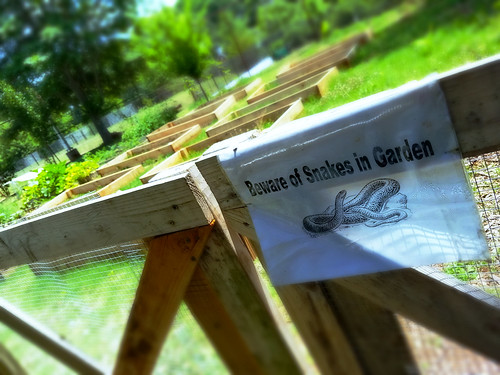
A bi-weekly, non-comprehensive roundup
of news of beer and other things.
Weeks 23/24
5 June - 18 June 2016
- 17 June 2016
For 8th year in row, members of the American Homebrewers Association have voted Russian River's Pliny the Elder (a 'double' IPA) as the best beer in the U.S. Of their top ten choices, all but 3 were IPAs.
—Via American Homebrewers Association. - 15 June 2016
Bart Watson, Chief Economist for the [U.S.] Brewers Association, examines data for on-the-premises 'craft' beer draught sales:
—Via [U.S.] Brewers Association.The data suggest that states where on-premise sales are more important to the beer market, craft does better in the off-the-premises. - 15 June 2016
What the U.S. Department of Justice should do before granting approval to Anheuser-Busch Inbev for its proposed purchase of SABMiller.
—Via The Hill.- Require ABI to divest wholly or partially owned distribution assets;
- Impose a cap on ABI’s and Molson Coors’ ability to acquire distributors;
- Prohibit ABI and Molson Coors from implementing distributor incentive programs that prevent smaller brewers from obtaining access to distributors;
- Prohibit ABI and Molson Coors from terminating existing beer distributors and a freeze on contract term changes;
- Require ABI to notify the DOJ in advance of executing contracts to purchase distributors or craft brewers that would not otherwise be HSR reportable; and
- Require Molson Coors to divest the Miller Brewery in Eden, North Carolina.
- 15 June 2016
Discount retail behemoth Walmart says it wants to “bring craft beer to the masses.” It will do so with beers brewed by Trouble Brewery and sold only at Walmart stores. What Walmart doesn't say (and why not?) is that Trouble Brewery does not brew its beer. Wholly owned by Walmart, it contracts with Genessee Brewery in New York state, not exactly what one might call a 'craft' brewery.
—Via Stan Hieronymus at Appellation Beer. - 14 June 2016
Archaeologists digging in London have found potential evidence of brewing in Roman England of the 1st century, a Roman tablet, written circa 80 AD, addressed to "Tertio braceario,", that is, “to Tertius the bracearius.” Translating further, that would be to Tertius the brewer (or maltster, or both).
—Via Martyn Cornell, at Zythophile. - 14 June 2016
As Stone Brewing —the nation's 10th largest 'craft' brewery— opens new brewing facilities in Richmond, Virginia, and Berlin, Germany, its ten-year-tneured brewmaster, Mitch Steele (a past brewmaster at Anheuser-Busch) announces his intention to leave the company to run his own project. Details remain scarce.
—Via The Full Pint. - 13 June 2016
The U.S. Supreme Court rejects a challenge to Environmental Protection Agency's Mercury and Air Toxic Standards regulating air pollution at coal-burning power plants.
—Via Washington Post. - 13 June 2016
Sierra Nevada Brewing's second brewing plant —in Mills River, North Carolina— uses only 3.5 barrels of water per barrel of beer brewed. The industry standard is five or more barrels of water per barrel of beer. Sierra Nevada Brewing's second brewing plant —in Mills River, North Carolina— uses only 3.5 barrels of water per barrel of beer brewed. The industry standard is five or more barrels of water per barrel of beer. For that and other achievements, the brewery has been awarded Platinum LEED certification.
—Via BeerPulse. - 12 June 2016
Forty-nine killed at LGBTQ nightclub in Orlando, Florida, by shooter pledging allegiance to ISIS.
—Via CNN. - 11 June 2016
Civil war erupts in the heartland of American 'craft' brewing as several Colorado 'craft' breweries resign from their twenty-year old advocacy group, the Colorado Brewers Guild, to form a splinter group called Craft Beer Colorado. The 'rebel' breweries —which include major players such as New Belgium, Odell, Great Divide, Oskar Blues, Left Hand— cite lack of proactive lobbying and non-'craft' membership (such as Breckenridge, owned by Anheuser-Busch InBev) as primary causes of the rift.
—Via Westword. - 11 June 2016
It was bound to happen. Thorn Street Brewery, a 'craft' brewery in San Diego, California, has created a truly dank beer: that is, one infused with marijuana aroma extract. Sorry: no THC. Potato chips not included.
—Via Brewbound. - 9 June 2016
'Craft' brewery owner builds vacation home in grain silo.
—Via Washington Post. - 9 June 2016
The city of Baltimore, Maryland, hosts HomeBrewCon, only the third time the city has hosted the national conference of the American Homebrewers Association.
—Via YFGF.



